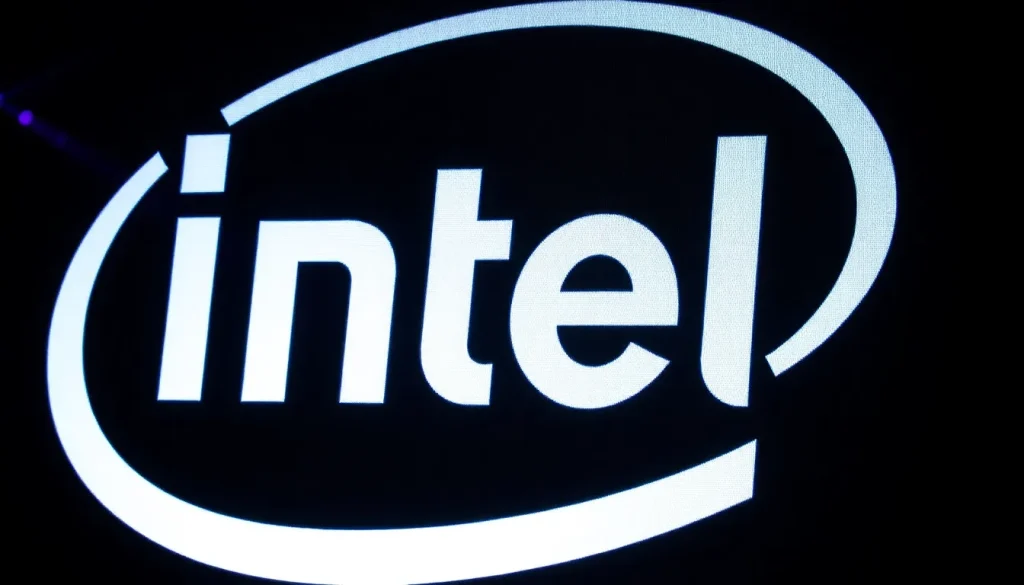Intel confirms Nvidia deal won't affect its roadmap

In a surprising twist in the tech world, Intel has recently solidified its partnership with Nvidia, raising questions about the implications for its own product strategy. While some may wonder if this collaboration will alter Intel's roadmap, the company has made it clear: the path remains unchanged. Let's delve deeper into the details of this significant alliance and what it means for Intel's future.
Intel’s collaboration with Nvidia is known for its potential to reshape the landscape of computing technology. However, as Intel representatives have stated, this partnership is intended to be complementary rather than transformative. The company is committed to its current offerings while simultaneously exploring new avenues for growth.
Nvidia's Investment and Its Implications
Nvidia's recent investment of $5 billion in Intel is a landmark moment for both companies, with far-reaching implications for their product strategies. This investment facilitates Nvidia's plan to provide RTX graphics chiplets for integration into Intel's CPUs. This development presents two key opportunities:
- Enhanced Mobile Roadmap: The addition of RTX chiplets could significantly enhance the capabilities of Intel's laptop chips, offering improved graphics performance.
- Challenges to Existing Projects: Intel’s development of its Arc graphics cores, which includes standalone and integrated GPUs, may face new challenges as the focus shifts to collaboration with Nvidia.
Despite these potential challenges, Intel maintains that it will continue to pursue its GPU offerings. A spokesperson emphasized that while the collaboration is significant, it does not derail existing plans.
Understanding Intel's Public Roadmap
Intel’s current public roadmap includes ambitious plans for its upcoming processors. Among the most anticipated is the “Panther Lake” processor, expected to debut in late 2025, with shipments likely in early 2026. The company has been vocal about this chip for months, indicating a strong commitment to its timeline.
In addition to Panther Lake, Intel has unveiled plans for the Nova Lake processor, which is slated to hit the market in late 2026 and early 2027. Furthermore, leaked information suggests that the Wildcat Lake chip might also be a part of the 2026 lineup. These developments illustrate Intel's continued dedication to innovation and product evolution.
Will the Nvidia-Intel Partnership Affect Existing Products?
While Intel has reassured stakeholders that its roadmap will remain intact, the partnership with Nvidia is expected to yield new premium products. This could effectively expand Intel's offerings without disrupting its existing plans. The collaboration aims to enhance product lines targeted at various markets, including:
- Consumer Electronics
- Gaming
- Creative Professionals
- Business Solutions
The potential addition of these premium products could provide users with more options, particularly in high-performance segments. However, there is still uncertainty surrounding the specific capabilities and design of upcoming processors like Panther Lake and Nova Lake. Speculation suggests that processors could potentially integrate GPUs from either Intel’s Arc line or Nvidia’s architecture, but this remains to be seen.
Intel’s Strategic Position Moving Forward
Despite the excitement surrounding the Nvidia partnership, Intel appears to be cautious about revealing too much about future products. Nvidia's CEO, Jensen Huang, noted that the companies have been collaborating for about a year, yet details remain vague. As the tech industry thrives on speculation, many are eager to learn more about what this partnership may yield.
Intel's representatives have been careful to navigate this situation, emphasizing continuity in their product strategy while hinting at the potential for innovation. The collaboration is seen as a way to enhance Intel’s competitive edge in the rapidly evolving tech landscape.
Analyzing Industry Reactions
The tech community is watching closely as these developments unfold. Analysts and enthusiasts alike are discussing the implications of this partnership extensively. Some key points of interest include:
- The potential shift in market dynamics as Intel enhances its graphics capabilities.
- The future of Intel's Arc graphics line and whether it can coexist alongside Nvidia's offerings.
- How the partnership may influence pricing strategies in both companies' product lines.
The excitement surrounding this collaboration indicates a significant moment for both Intel and Nvidia, and industry observers are poised to analyze the outcomes as they develop.
Looking Ahead: The Future of Intel and Nvidia
As we look to the future, the partnership between Intel and Nvidia represents a strategic move in a highly competitive market. Both companies bring unique strengths to the table, and their collaboration could lead to innovative products that redefine user experiences across various sectors.
For those interested in a deeper dive into these developments, there are various discussions and analyses available online. One informative video that explores the strategic implications of the Nvidia-Intel partnership can be found below:
As the collaboration unfolds, it will be fascinating to see how it shapes the future of technology and impacts consumer choices in the coming years.




Leave a Reply